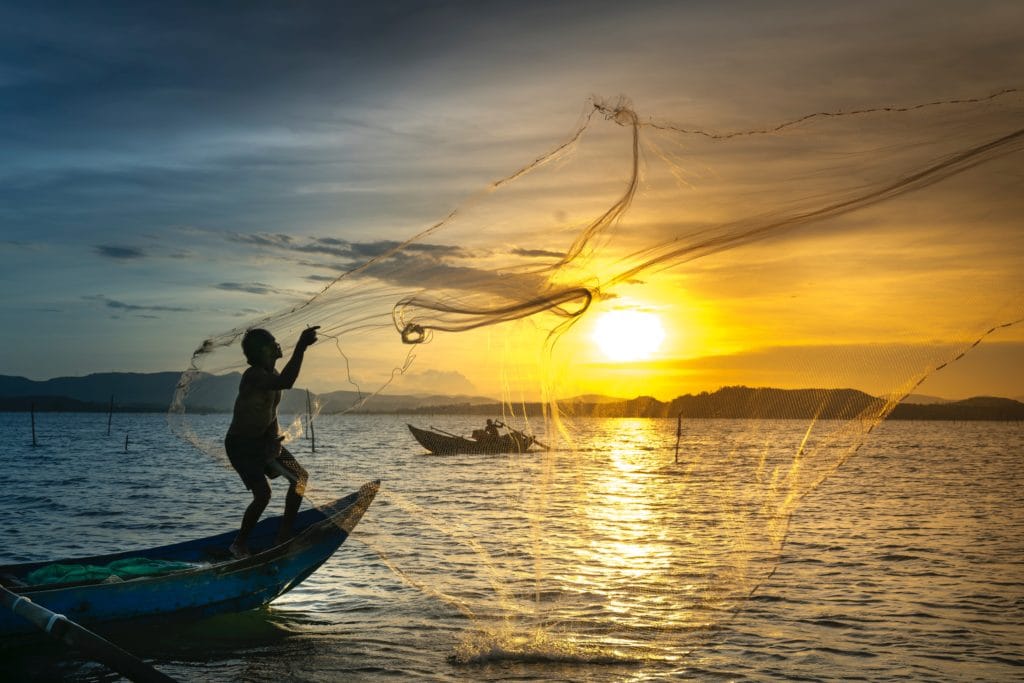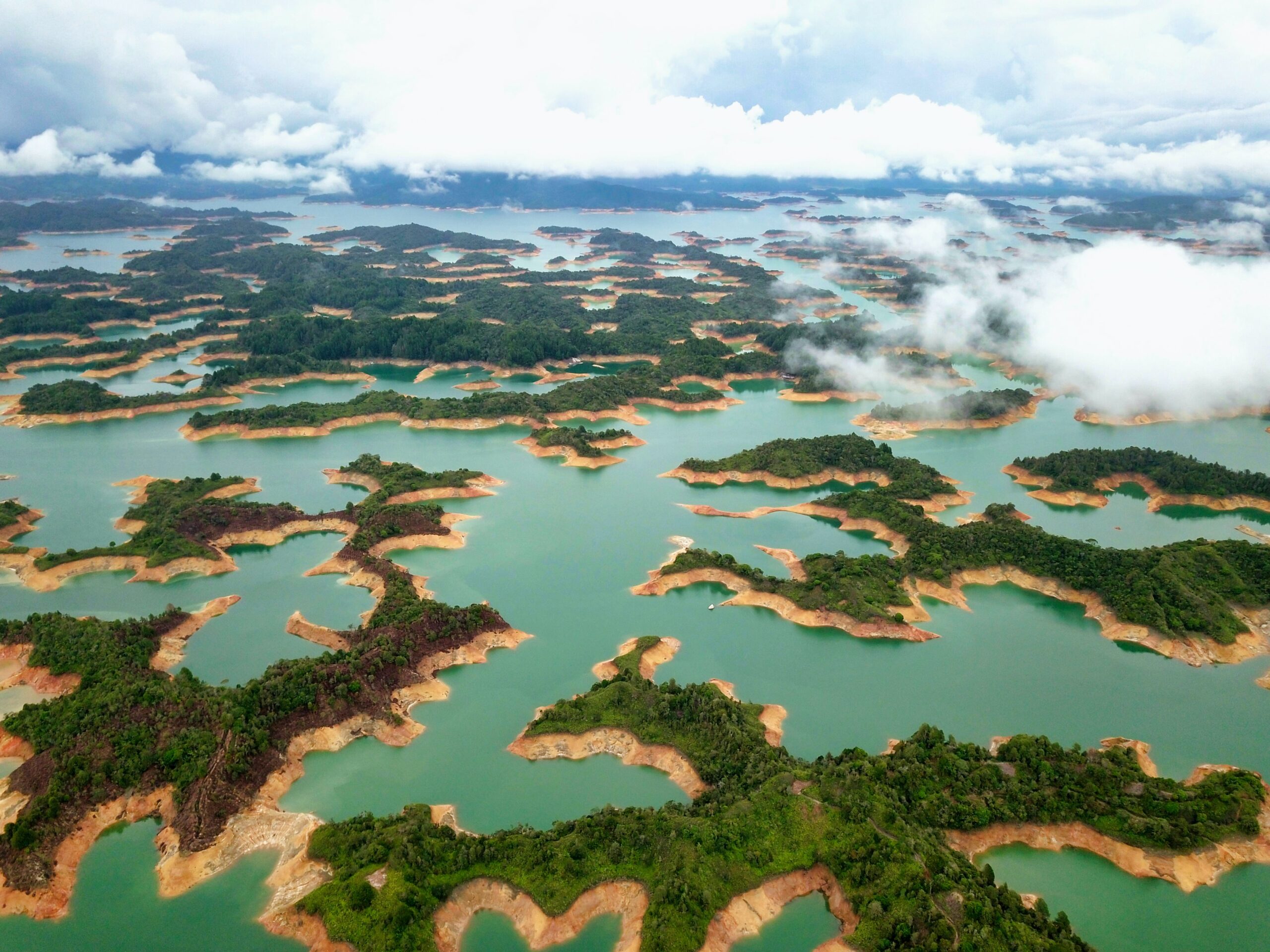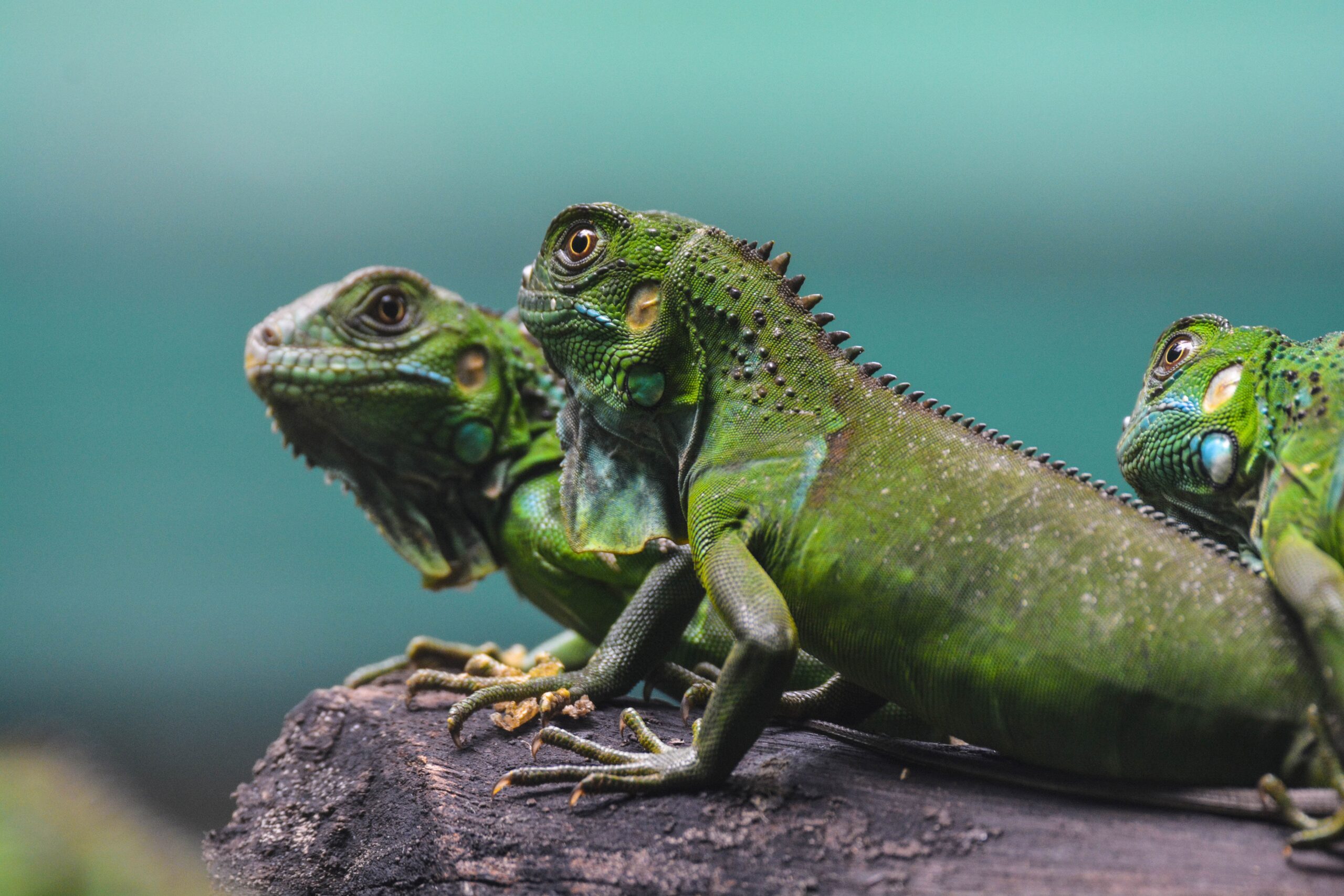
This article was originally published on Phys.org.
“A little more than a year ago, the Haida Nation released the Land-Sea-People plan to manage Gwaii Haanas, off the coast of northern British Columbia, “from mountaintop to seafloor as a single, interconnected ecosystem.”
It’s an innovative conservation effort that demonstrates how the Haida Nation and Canada’s federal government can achieve biodiversity targets, protect the rights of Indigenous people and encourage collaboration among communities, governments and society. And it’s an example of what we need more of to meet conservation objectives in the coming decade.
…Conservation enclosures, which restrict the access of communities to nature, are only one strategy to protect biodiversity. There is ample evidence that Indigenous-controlled territories are also crucial to sustain habitats rich in biodiversity and the cultural knowledge that comes with those environments.
For example, the recently established Edéhzhíe Indigenous protected area in the Northwest Territories covers 14,218 square kilometres. The area will conserve nationally significant habitat for caribou and it will be jointly managed by the Dehcho First Nations and the Government of Canada.
Conservation that centres on the people that know and depend on their environment, including forests, lakes and wildlife, can showcase the leadership of local and Indigenous communities in protecting biodiversity and help achieve global targets. The rights of local communities to make decisions about their own resources—fish and forests, for example—must be recognized and supported through clear laws and regulations, which have not been a focus of the Aichi Targets.
Our research identifies five ways governments and conservation partners can support community-centred conservation for the post-2020 Global Biodiversity Framework. These principles for action emerge from lessons learned during our participation in a large community conservation research network, and our experience with conservation initiatives in Canada, South Africa and a wide range of other countries.
- Build trust-based networks of people to collaborate for conservation…
- Promote equity and gender equality…
- Support reconciliation and redress…
- Adopt a ‘rights-based’ approach…
- Respect and revitalize local rules for decision making…”
Read on at: Phys.org.












